‘The definitive guide to timber floors’ is a handbook for people thinking about getting a timber floor in their home.
Timber floors provide an elegant and natural aesthetic that is not available in other types of floor surfacing. It might not seem ideal when we think about the inconsistent patterns found in wood, or the fact that it tends to squeaks as we walk on it, but those are lovable quirks that attract us to it. Wood has character. It can provide a rustic chic to a home in the heart of suburbia, or mark a house’s close relationship to the land in a rural area.
There is something intangible about the connection we have to a timber floor. We have all enjoyed that cool and comfortable feeling when walking on it – or the serenity it can create. What’s more, wood is one of the few floor materials that never go out of fashion. Yet despite this, people are unsure about timber when it comes to picking a floor for their new home, or when renovating their existing one.
To make life easier on those thinking about getting timber floors, the following is a guide to assist you – showing you everything you need to know, from types of wood, to the advantages and disadvantages of timber floors. It will give you the knowledge you need to make a more informed decision when buying.
Your guide to timber floors
Choosing solid timber floors
This type of floor is built with lengths of wood that interlock. These lengths sit upon bearers and joists that rise from the ground. The advantage of this type of floor is that it can be repeatedly sanded to restore the condition of the surface.
Choosing floating timber floors
Floating timber floors are relatively cheap compared to other timber floors. This, combined with the fact that it is easy to install, make it a very popular choice. This type of floor consists of man-made timber boards that have a timber veneer or timber laminated surface. While it is not as authentic as other timber floors (because it is usually a composite of other materials) it can be easily laid over a concrete surface and requires no maintenance (oiling, lacquering and sanding) other than cleaning.
Choosing parquetry floors
Parquet floors are ideal to be laid on a solid, flat foundation such as concrete. It is made out of wooden blocks that fit into each other. It can either be laid as wooden tiles or in traditional timber fingers.
Choosing hardwood floors
Hardwood is a popular choice of timber flooring. It has the distinct advantage over the older style softwood because it is resistant to indentation damage.
There are a wide range of textures, colours and grades of wood used in the U.K. for timber flooring.
Advantages of timber floors
Easy to clean
An occasional sweep and a mop will easily gather most of the dirt and grime from a timber floor and keep it looking great. Furthermore, unlike carpet, dust mites have nowhere to entrench themselves and are easily eliminated during the cleaning process. Spilling a drink (like wine) would be a disaster on carpet, but on a timber floor, it can easily be wiped up with a sponge or paper towel.
Health
Did you know that one square metre of carpet may contain up to 100, 000 dust mites? Timber floors have amazing anti-allergic properties because dust is so easily removed by cleaning, making it difficult for dust mites and other allergens to cause health issues, especially in asthma and hay fever sufferers.
Affordability
While the initial cost of a timber floor might make this seem implausible, timber floors are an affordable choice over a longer period of time. With regular cleaning and correct coating, the finish will last nearly 10 years. Re-coating is far more affordable than replacing carpets, which over the same period will start to age and look worn.
Disadvantages of timber floors
Even though there are a number of advantages to having timber flooring, it is worth noting the disadvantages so that you can make an educated decision whether it is right for your unique circumstances or not.
Below grade
Below grade means that the floor is either in contact with the ground or is in a low-lying position that is not very well ventilated. It is not recommended to install a solid hardwood timber floor under these conditions because of its sensitivity to humidity.
Bathrooms
Having your entire bathroom styled in timber floor is less than a prudent idea. Wood is vulnerable to water damage. Water, splashed about or pooling from bath tubs and showers can cause it to warp and buckle. On top of that, the humidity from the bath or shower may damage the timber floor.
Scratching
A hardwood floor scratches easily. It is particularly susceptible to moving furniture around and the nails of pets.

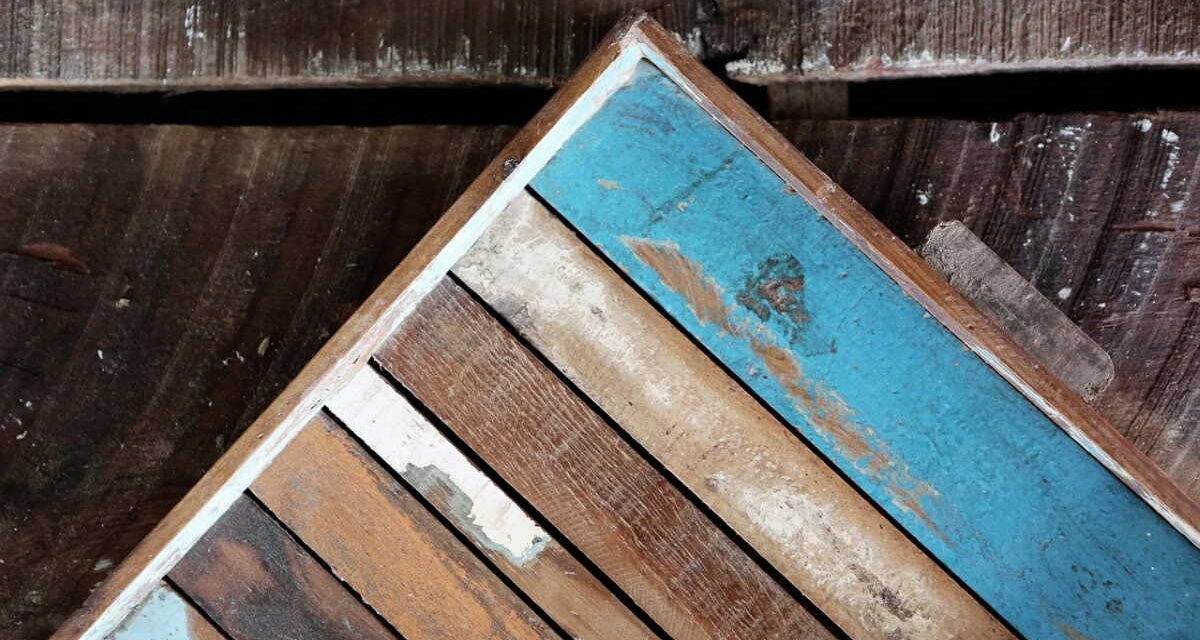
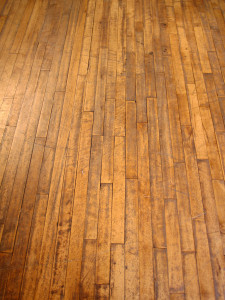
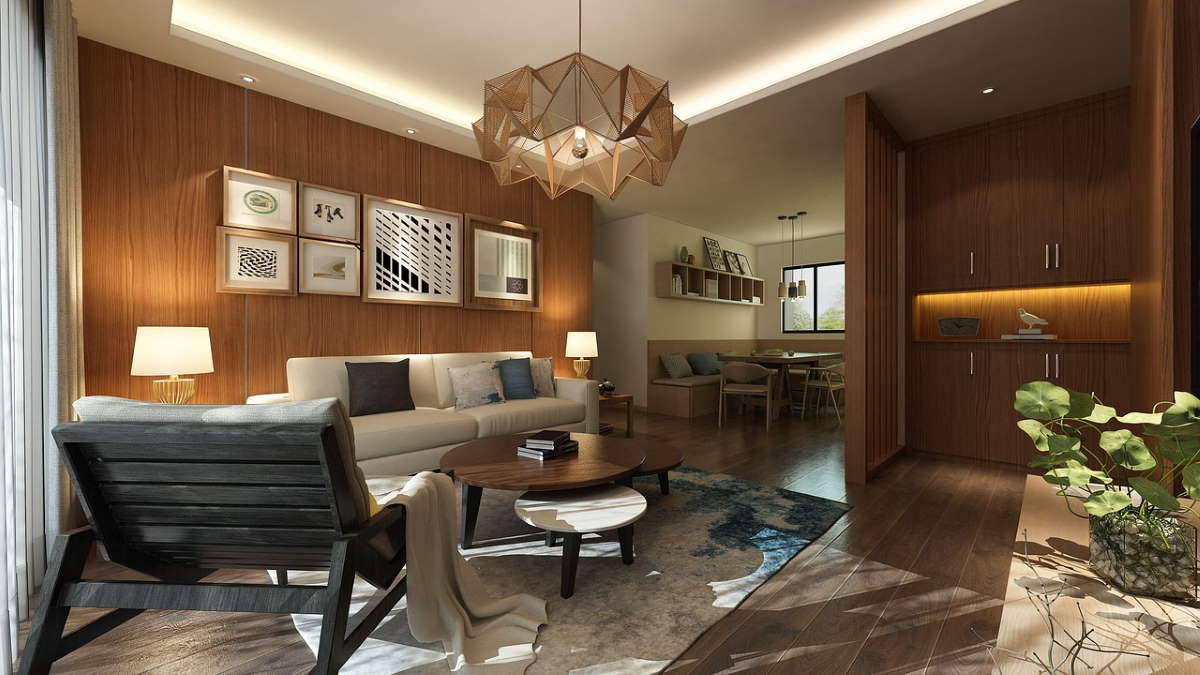
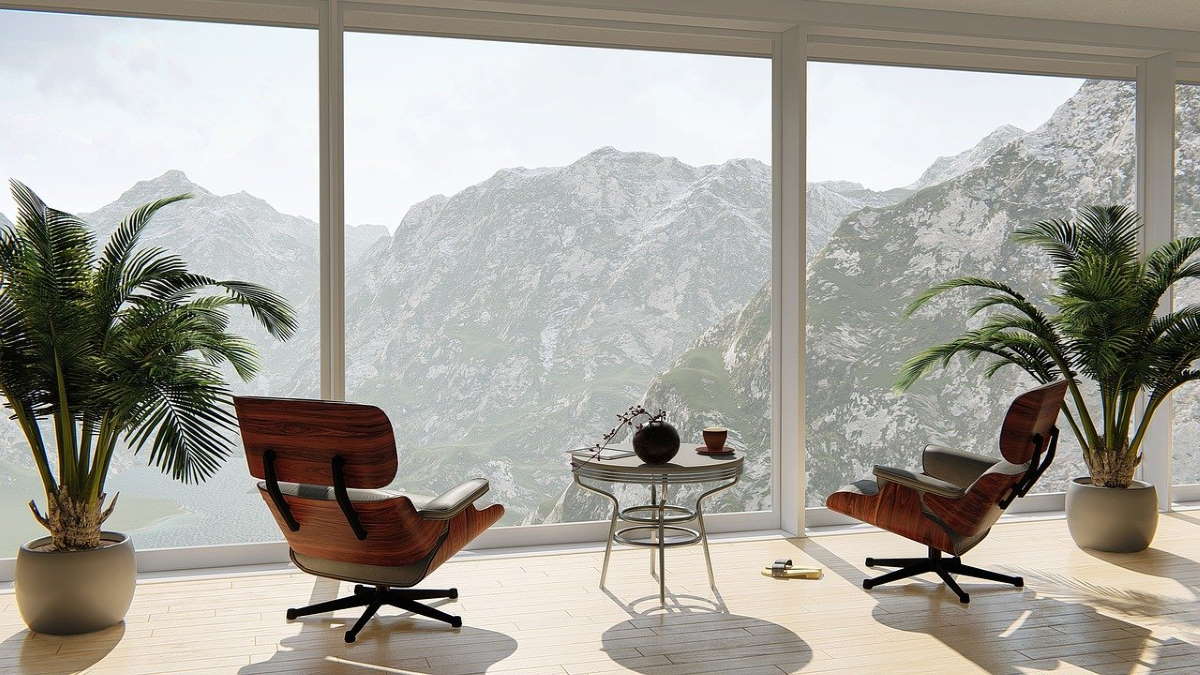
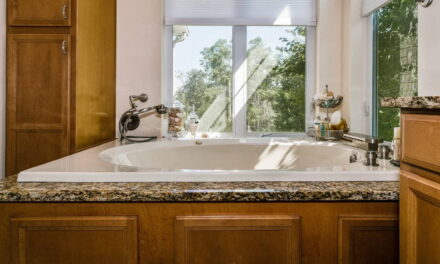
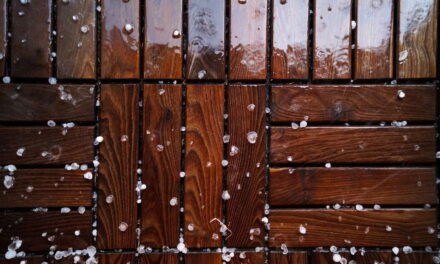
It was very useful and helpful articles that you publish.
I like that
Did you know that one square metre of carpet may contain up to 100, 000 dust mites? Timber floors have amazing anti-allergic properties because dust is so easily removed by cleaning, making it difficult for dust mites and other allergens to cause health issues, especially in asthma and hay fever sufferers.
I love my timber floors, they are so much better than the tile that we used to have.
Are they cheap i always want to do this with my floor but i cant do so because of my budget.
We have just moved into our custom built home. We chose wide plank white oak floors that have been white washed and then oiled. I am SO happy with these floors. They are easy to clean, give a warm, light airy feel. I had tiled floors in off white in our rental and they were a nightmare to keep clean. in our home before that we had polyurethane timber floors in honey gum timber (spotted gum) and every scratch or mark showed so have plenty to compare with. in this home walls are white with a hint of grey, picks up the colors in the timber really well. Trim and doors white, kitchen glass splash back is black. Internal stairs have black wrought iron with white handrail. Now to choose curtains. Thinking of minimum block out roller blinds with floaty black side curtains that can be drawn all the way across the window at night.